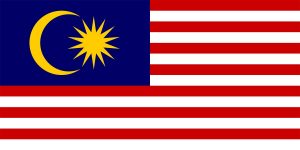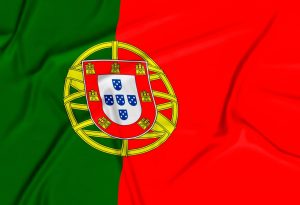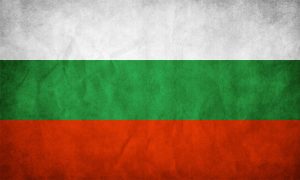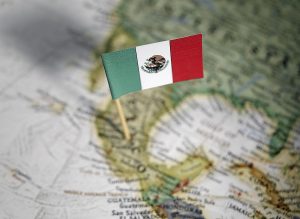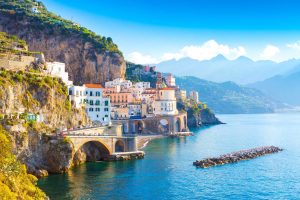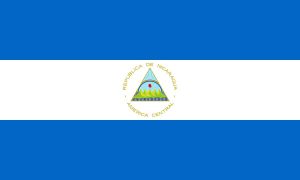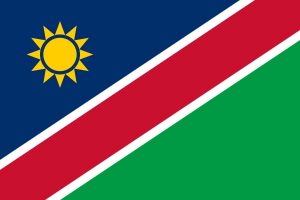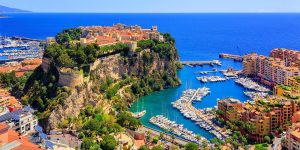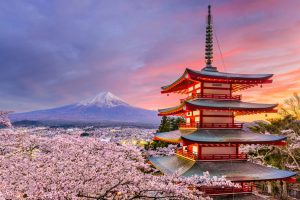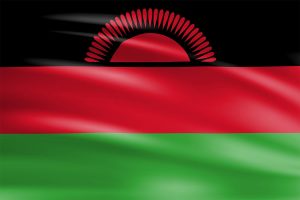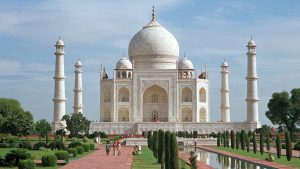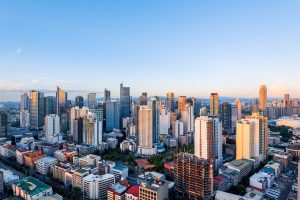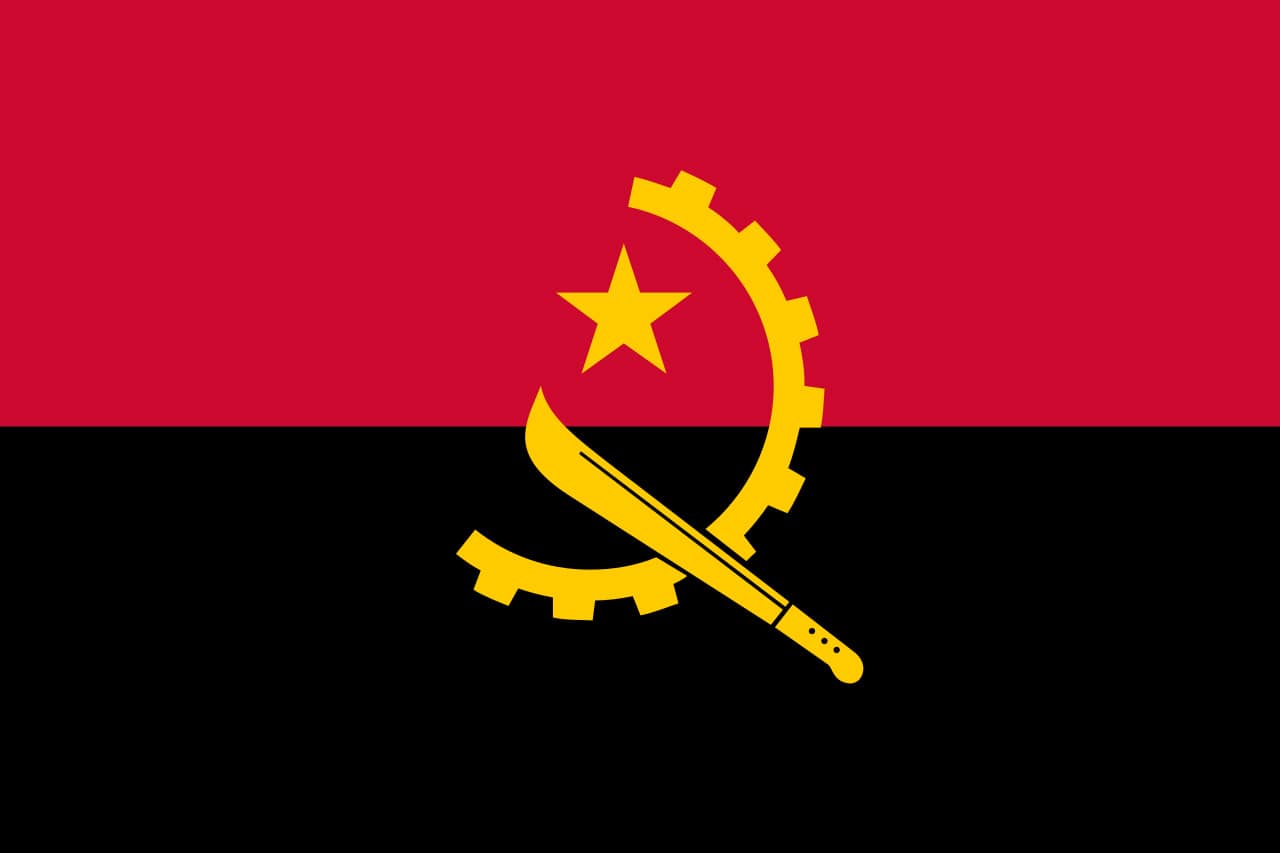
34 interesting facts about Angola
- 👁️ 2511
Angola, a country on the southwest coast of Africa, is a land rich in cultural diversity, natural beauty, and complex history. It’s known for its vast mineral and petroleum reserves, making it one of Africa’s leading oil producers. Beyond its economic resources, Angola boasts a variety of landscapes, including savannas, rainforests, and an extensive coastline along the Atlantic Ocean. Despite facing challenges from a prolonged civil war that ended in 2002, Angola has been on a path of reconstruction and development. Here are 34 interesting and informative facts about Angola that highlight its uniqueness, heritage, and the resilience of its people.
- Angola gained independence from Portugal on November 11, 1975.
- It was a Portuguese colony for over 400 years, one of the longest periods of European colonization in Africa.
- The capital and largest city of Angola is Luanda, situated on the country’s Atlantic coast.
- Angola is the second-largest Portuguese-speaking country in the world, after Brazil.
- The country’s name derives from the word Ngola, a title used by rulers of the Ndongo Kingdom, which existed in what is now northern Angola.
- Angola is divided into 18 provinces, with Luanda serving as both the capital city and a province.
- The Angolan Civil War lasted for nearly 27 years, from 1975 to 2002, severely affecting the country’s development.
- Angola is one of the world’s top oil producers, with oil and diamonds being its most significant exports.
- The Angolan currency is called the Kwanza, named after the Kwanza River.
- Angola has one of the youngest populations in the world, with a median age of around 16 years.
- The country is home to the giant sable antelope, considered the national symbol of Angola.
- Angola’s flag is composed of two horizontal bands of red and black, with a yellow emblem in the center that includes a machete, a gear, and a star.
- The Bicuar National Park is among Angola’s protected areas, hosting a diverse range of wildlife.
- Angola’s rich music scene includes the genre of Kizomba, which is popular throughout the Portuguese-speaking world.
- The Angolan landscape is diverse, featuring coastal plains, mountainous regions, and vast savannas.
- Angola’s Tunda Vala Fissure offers spectacular views of the surrounding mountains and is a significant tourist attraction.
- The Kissama National Park is known for its wildlife conservation efforts, including the “Operation Noah’s Ark” which repopulated the park with animals.
- Angola is one of the few places in the world with a desert coastline, thanks to the Namib Desert extending into the country from Namibia.
- The country has a significant number of Portuguese expatriates who have moved to Angola for work opportunities in various sectors.
- Angola hosted the 2010 Africa Cup of Nations, a major international football tournament.
- Coffee was once Angola’s major export commodity before the onset of the civil war.
- The Benguela Railway is a historic railway line that once connected the Atlantic port of Lobito to the eastern border of the Democratic Republic of the Congo.
- Angola is rich in cultural heritage, with various ethnic groups such as the Ovimbundu, Kimbundu, and Bakongo.
- The Cunene River forms part of Angola’s border with Namibia.
- The M’banza Kongo, the ancient capital of the Kingdom of Kongo, is a UNESCO World Heritage site located in Angola.
- The Angolan coastline stretches for over 1,600 kilometers (about 995 miles).
- Traditional Angolan art includes sculptures, basketry, pottery, and textiles.
- Angola’s Quiçama National Park is known for its elephant population and safari tours.
- The country was significantly impacted by landmines left over from the civil war, but demining efforts have been underway.
- Angola’s cuisine is a blend of African, Portuguese, and Brazilian influences, featuring dishes such as funge (a cassava or corn flour porridge) and calulu (a type of fish and vegetable stew).
- Despite its oil wealth, Angola faces challenges with poverty and access to basic services for much of its population.
- Angola has significant offshore and inland water resources, yet faces challenges in managing these for sustainable development.
- The Palácio de Ferro in Luanda is believed to have been designed by the famous French architect Gustave Eiffel.
- Angola aims to diversify its economy through development in sectors such as agriculture, tourism, and manufacturing.
Angola is a country of contrasts, with vast natural resources and beauty as well as complex challenges stemming from its history. Its rich cultural tapestry, diverse landscapes, and the spirit of its people make Angola a unique and fascinating country on the African continent. As Angola continues to rebuild and develop, it stands at a crossroads between preserving its rich heritage and embracing a future of potential and promise. The resilience and diversity of Angola offer lessons in overcoming adversity and highlight the importance of unity and cultural pride. As the world becomes more interconnected, Angola’s journey toward growth and stability will undoubtedly contribute to the broader narrative of African development and global cultural exchange. With its untapped potential and the determination of its people, Angola’s future holds endless possibilities.
